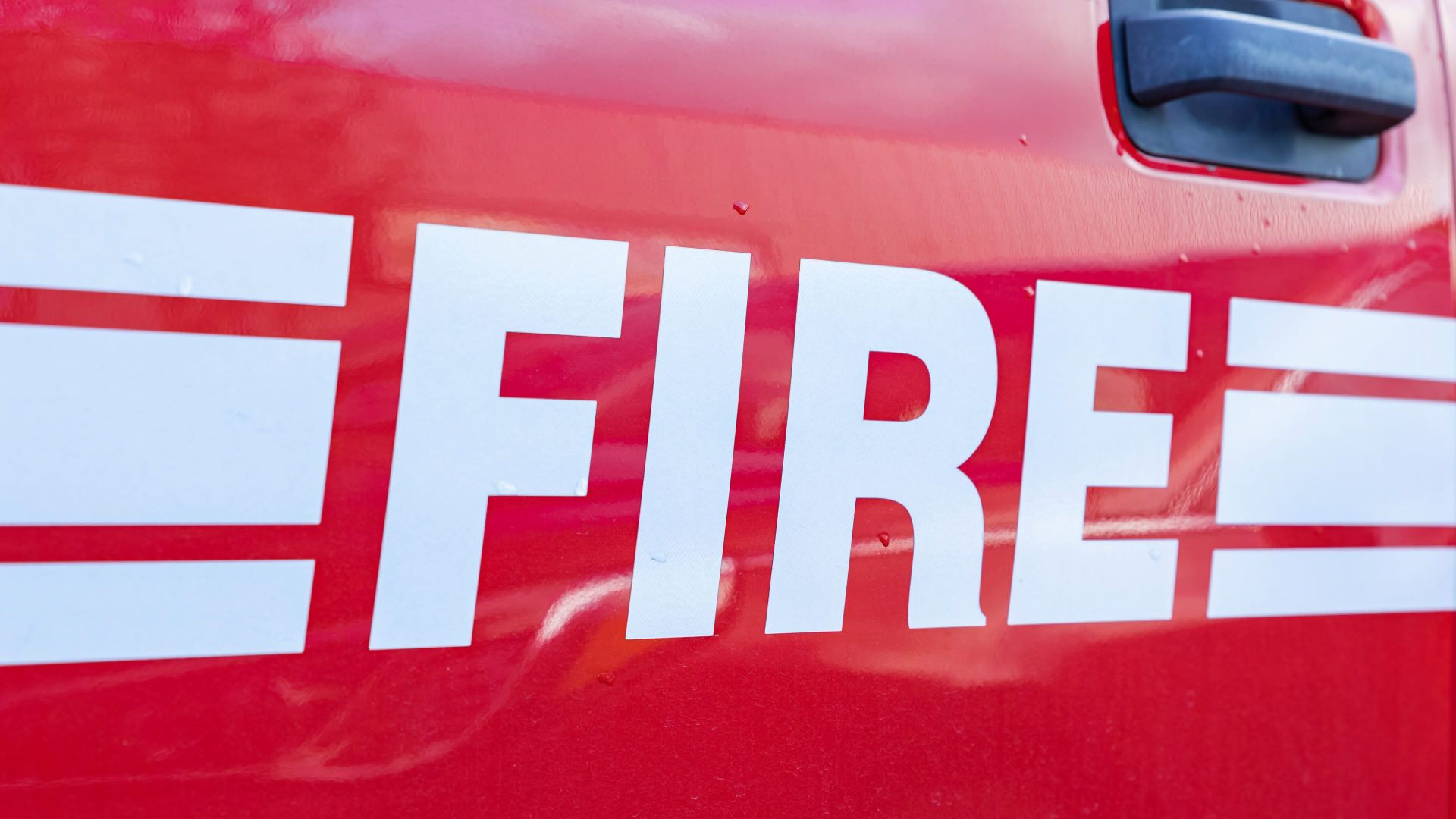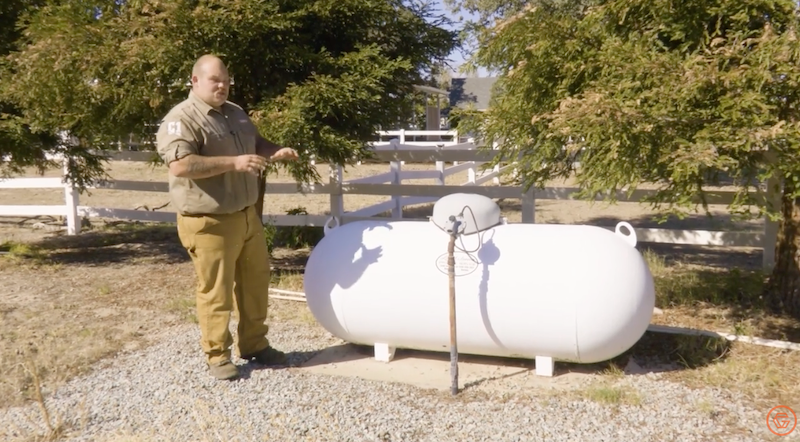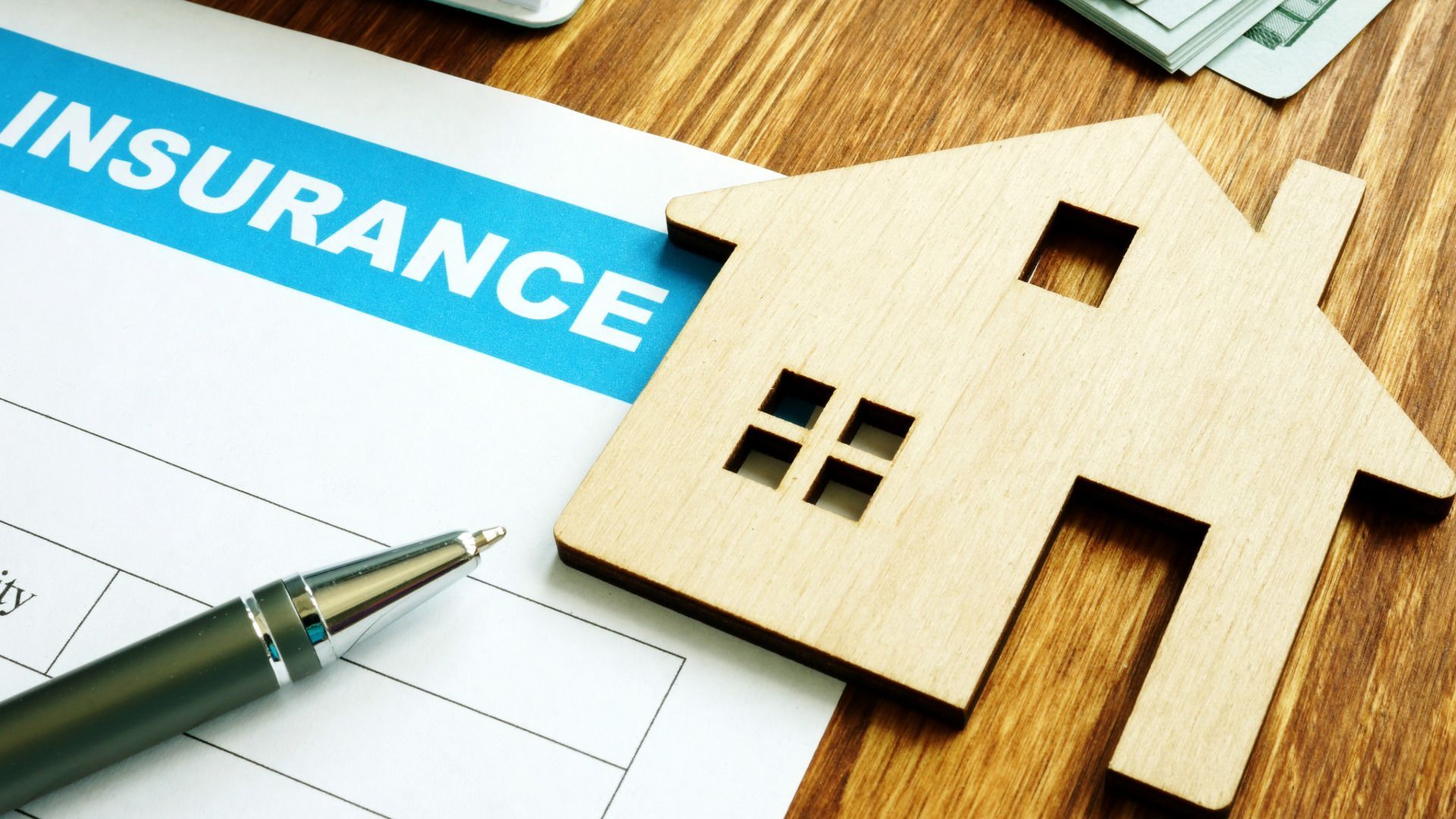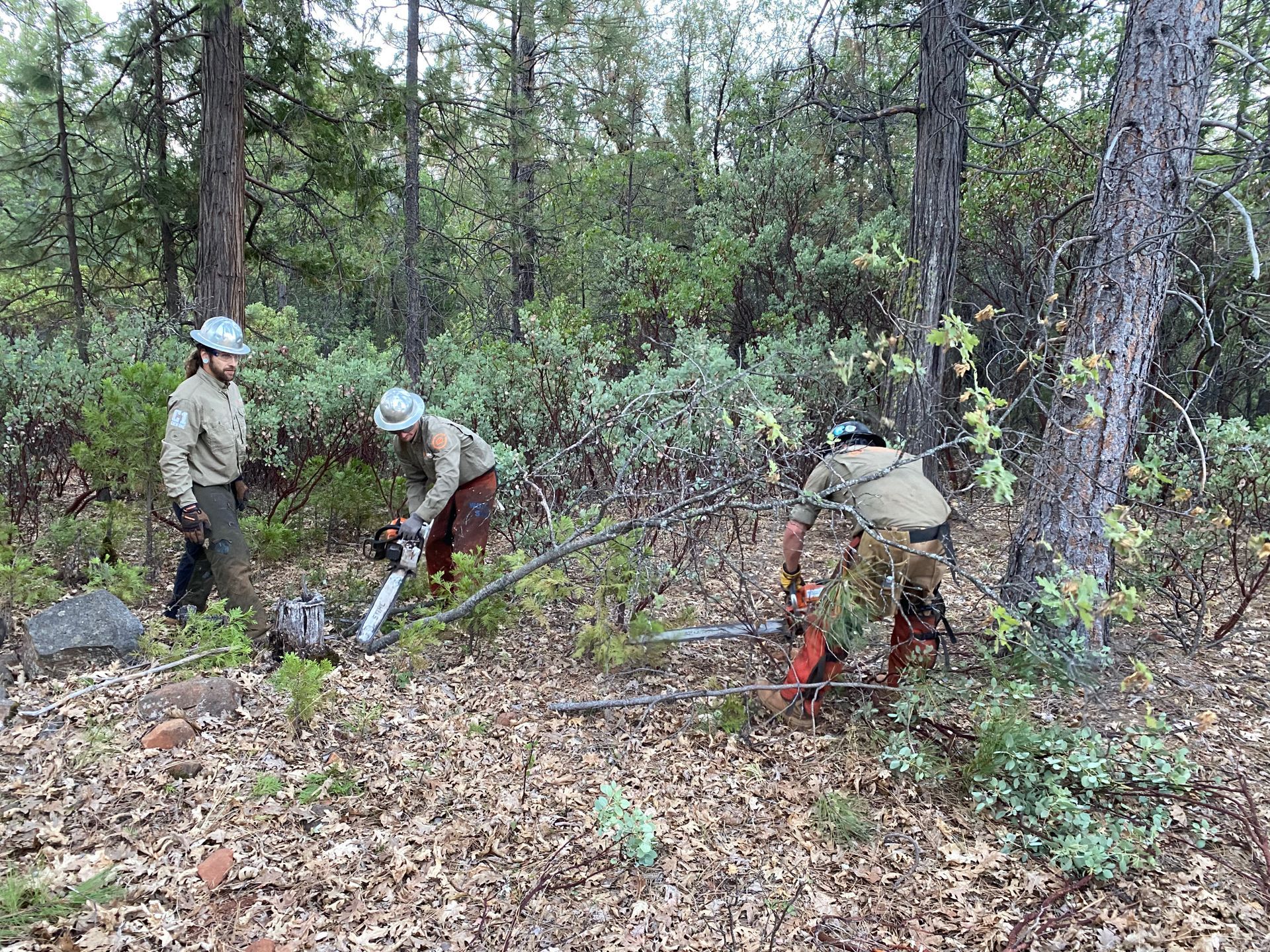Federal and California
Regulations
on
Defensible space FOR ALL PROPERTY TYPES
California Fire Safety Regulations
Protecting your home from wildfire isn’t just a legal requirement—it’s one of the best ways to keep your family safe and your property secure. Creating defensible space is the first step, and when done right, it helps you pass inspections and gives you peace of mind.
The rules can feel overwhelming, but don’t worry—we’re here to make it simple.
What Is Defensible Space?
Defensible space is the buffer between your home and the grass, trees, shrubs, or wildland area that surround it. This space slows the spread of wildfire and gives firefighters a safer area to defend your home.
California law requires every property owner in a wildfire-prone area to maintain defensible space. Here’s what you need to know...
California State Laws
Public Resources Code (PRC) Sections 4290 & 4291
These laws require property owners to create and maintain defensible space around structures—up to 100 feet. That means clearing flammable vegetation, spacing trees properly, and managing fuel sources.
Ongoing Maintenance Rules
California Code of Regulations (14 CCR Section 1299)
Defensible space isn’t a “one and done” task—it must be maintained year-round whenever flammable conditions exist.
State Board of Forestry Guidelines
- Remove vegetation according to state-recommended spacing rules.
- Keep woodpiles at least 10 feet from any structure, with bare mineral soil underneath.
Inspections and Enforcement
Cal Fire or local fire officials can inspect your property to ensure compliance—inside of homes is exempt, but all outdoor spaces are subject to review.
When You Sell Your Property
California Assembly Bill 38
If your home is in a High or Very High Fire Hazard Severity Zone, sellers must provide proof of defensible space compliance during escrow. If you live within the city limits, call your local fire station for an inspection. If you live outside the city, call CAL FIRE for an inspection.
If the documentation isn’t available before closing, the buyer must agree on the hazardous discloser form (work with your realtor) to bring the property into compliance within one year of purchase.
have questions about your property?
We’re here to help you understand the rules and create a defensible space that protects what matters most.
✅ Call us today or send us a message—we’ll walk you through every step.

We have collected resources for anyone interested in learning more about wildfires and their impact on homes and property. You can find information on wildfires, including where they have occurred recently and what caused them to start. You'll also find tips on how to protect your home from wildfire damage.
California Wildfire Preparedness Resources
- Ready.gov https://www.ready.gov/
- Butte County Fire https://www.buttecounty.net/fire
- Tehama County Fire https://www.tehamacountyfire.org/
- Shasta County Fire https://www.shastacounty.gov/fire
California Wildfire Disaster Resources
- California Fire Foundation https://www.cafirefoundation.org/what-we-do/for-communities/save
- Governor's Office of Emergency Resources https://wildfirerecovery.caloes.ca.gov/2022-incidents/
- DisasterAssistance.gov/ https://www.disasterassistance.gov/
- FEMA https://www.fema.gov/
- California Community Foundation https://www.calfund.org/wildfirerecoveryfund/
- List of California Wildfire Disaster Resources: https://www.philanthropyca.org/resources/california-disaster-resources
List of Services
-
California Department of Forestry and Fire ProtectionVisit Fire.ca.gov List Item 1
CAL FIRE (California Department of Forestry and Fire Protection) is a state agency that works to protect people, property, and natural resources in California from wildland fires and other emergencies. It is responsible for firefighting, wildfire prevention, resource management, and emergency response services in the state.
-
California Governor's Office of Emergency ServicesVisit CalOES.ca.gov List Item 2
The California Governor's Office of Emergency Services (Cal OES) is a state agency that coordinates the response to emergencies and disasters in California. It works to protect people, property, and the environment in the state by coordinating and integrating all levels of government and nongovernmental organizations to prepare for, respond to, recover from, and mitigate the effects of emergencies and disasters.






